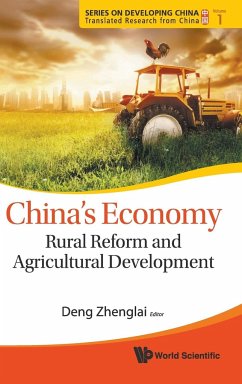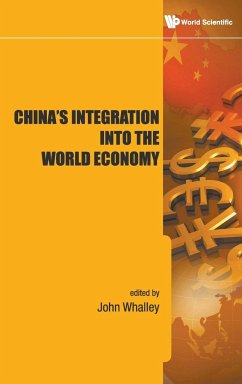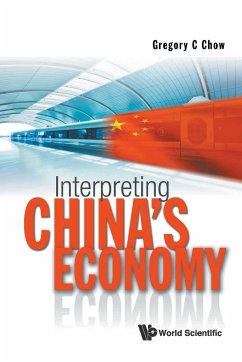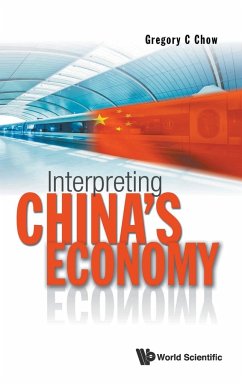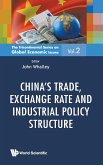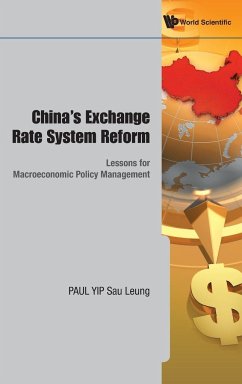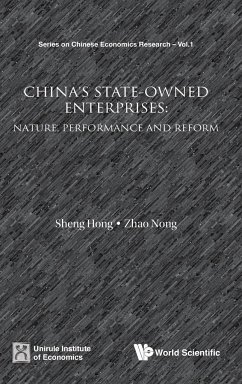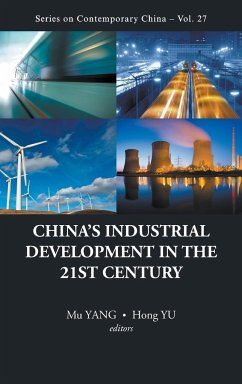Containing ten quality chapters on China's rural reforms and agricultural development, this first volume from the Series on Developing China Translated Research from China emphasises the importance of countryside agriculture and the role of its peasants in her land reforms. While Chinese revolution has traveled a path of "encircling the cities from the rural areas," Chinese reforms have likewise started to promote the household contract responsibility system in rural areas the majority of its population living in the countryside makes it the focus the reforms. Such structural issues that readjustment of interests entailed as urban-rural divide and poor-rich gap are closely related to the rural reform. For this, a rural study centered on the three rural issues (agriculture, rural areas and peasants) or peasantography is actually an academic "gold mine," which contains the richest possibilities for Chinese social science to contribute to the world. The above mentioned chapters cover an extensive range of issues in rural reform and agricultural development in China, including property right, food trade structure, the Township and Village Enterprises, non-agricultural employment, the mobility of labor force, land distribution, taxation and saving behavior. The research approach ranges from a macro- to microeconomics level, while in terms of research methodology, property theory, game model and quantitative economics are used, in combination with historiography and empirical case studies.

